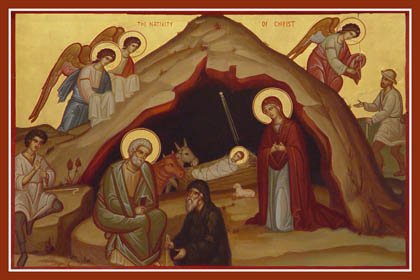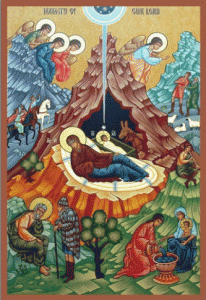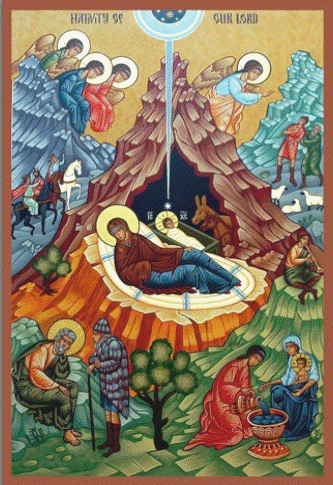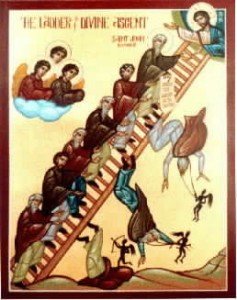 During these winter feasts we hear the call to holiness truly expressed by the call to embrace personal transformation and to do all in our power to become more like Jesus – to grow in our likeness of God. Jesus is God’s real revelation to humankind with regard to the meaning and purpose of life. As we work to become more like Him, we in fact become more like the person that God created us to be. When God created us He had a vision of “all that we can possibly become” during this lifetime. He came Himself to show us that it is possible for us to become deeply aware of the fact that we are His adopted children. In order to truly be His children, we must learn how to allow His Spirit, which is within us, to guide us through this earthly life. His Spirit gives us the power or ability to imitate Jesus.
During these winter feasts we hear the call to holiness truly expressed by the call to embrace personal transformation and to do all in our power to become more like Jesus – to grow in our likeness of God. Jesus is God’s real revelation to humankind with regard to the meaning and purpose of life. As we work to become more like Him, we in fact become more like the person that God created us to be. When God created us He had a vision of “all that we can possibly become” during this lifetime. He came Himself to show us that it is possible for us to become deeply aware of the fact that we are His adopted children. In order to truly be His children, we must learn how to allow His Spirit, which is within us, to guide us through this earthly life. His Spirit gives us the power or ability to imitate Jesus.
It is always important to remember that what we “intend” is critical. So we are called to think about our lives and then decide/intend to do all in our power, in cooperation with God’s Spirit, to work towards the goal of becoming like Jesus.
If we do this, then we achieve the meaning and purpose of our life. We are here on this earth and at this in history, to accomplish something. What? To truly become “children of God.” If God had not become incarnate in the Person of Jesus – if He had not become a human being – we would not know how to accomplish this. As it is, He came into our world and lived among us in order to show us how this can be accomplished. He did all this out of love for us.
Hopefully, all of us will come to a point during this lifetime that we will have no doubt about the meaning and purpose of our lives. Finding our true meaning and purpose is the only way that we can also achieve true and lasting happiness. Happiness comes knowing who we are and why we exist.





